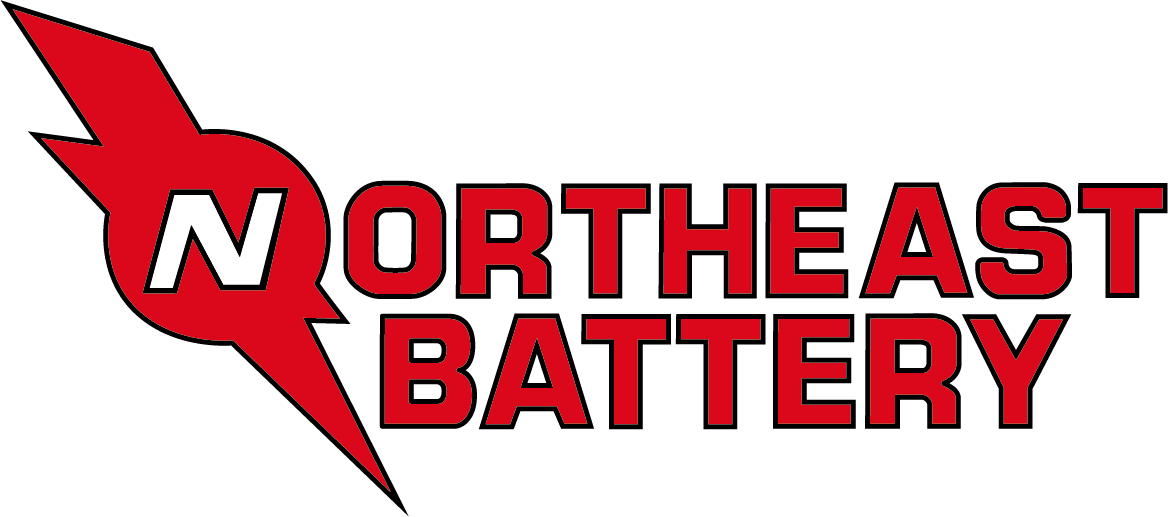Water is part of a car battery’s design. It offers a buffer between the internal plates as gassing occurs during charging and discharging. This water is susceptible to evaporation, however. Although it’s essentially trapped within the battery housing, adding water to it on a regular basis is required. Get to know the tips and tricks behind adding water to your battery so that it’s never under or over watered.
Think Safety First
Before you evaluate a good or dead battery, think of safety first. Wearing gloves and protective eyewear are good rules to follow. Although you may be merely looking at the water, there are other components within the battery. Sulfuric acid is commonplace in batteries, reports Battery University. It can be extremely damaging to human tissue.
Service the battery in an isolated area away from other people. Always wear protective gear until the battery is closed and stored away. Avoiding injury must always be a priority.
Take a Look Before Charging
Pop open a vent cap before you charge the battery. You want to see the water level covering the plates. It doesn’t have to be a deep volume of water either. Water that’s barely covering the plates is acceptable.
Whenever possible, don’t fill the battery when it’s discharged. By filling the reservoir now, it might overflow during the charging session. The solution can expand as the charge accumulates in the battery. A low but ample amount of water is sufficient for charging.
Add Water After Charging
A textbook maneuver is to add water after the battery has been charged. Any expansion in the fluid will have taken place already.
Remove the vent cap to see the water and electrolyte levels. Carefully add distilled water to cover the internal plates. Remember that tap water will increase mineral levels that aren’t healthy for battery components. Keep the distilled water around for watering at anytime.
Avoid Dilution
Battery users might be concerned about a lack of water in the housing because it definitely damages the power source, reports It Still Runs. However, don’t fall prey to over watering the battery. Diluting the battery is just as harmful as neglecting this fluid.
Turn to a battery watering system for a more accurate strategy to regular maintenance. This system gauges when a battery needs water. It takes the guesswork out of battery maintenance.
Factor in Temperature and Use
Every golf-cart or car battery will need water at varying times. If you use the battery each day, the water will evaporate quicker than a unit in storage. Keep in mind that hot conditions will also impact the water’s level.
Check the battery each week if it’s a busy component. A monthly verification is appropriate for batteries used on a casual basis.
It’s natural for the water to evaporate, so don’t be concerned about defects in this area. Filling the battery is just part of its maintenance needs.
Follow Manufacturer’s Instructions
A simple trick to knowing when water is necessary for a battery is by following the manufacturer’s instructions. Each battery has slightly different instructions regarding this task. Some batteries might have maximum and minimum lines engraved on the housing, for example. There can also be instructions when it comes to a single point watering system.
If you’re unsure about the water level, refer to the instructions or ask Northeast Battery for suggestions. Treating the battery with care will keep it running for as long as possible.
To understand even more about today’s batteries, contact Northeast Battery today. Ask about maintenance-free and standard batteries. Learn all about the technology behind them. With this knowledge, you can prolong your battery’s life and save money overall.







Northeast Battery, a Stored Energy Holdings, Inc. Company